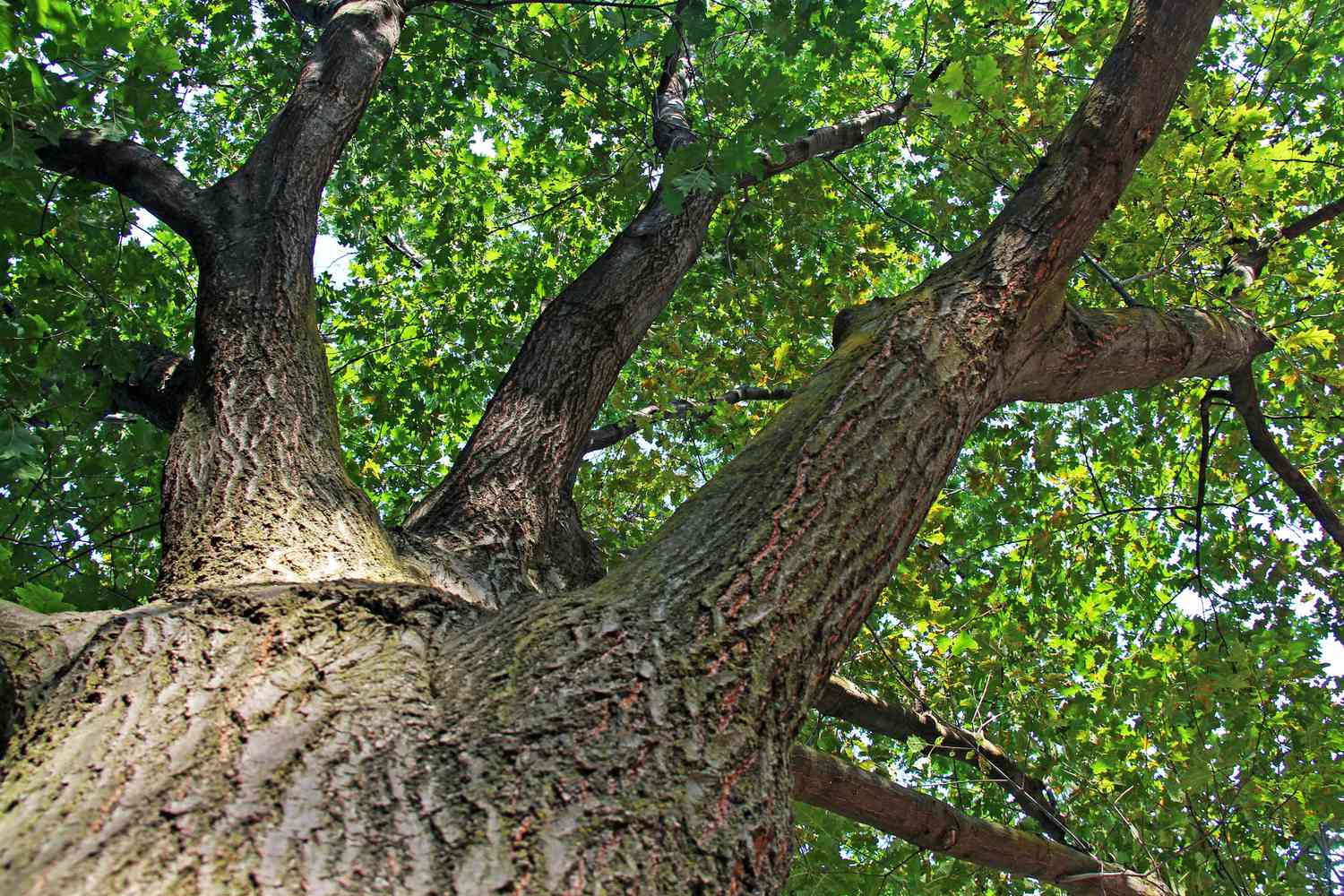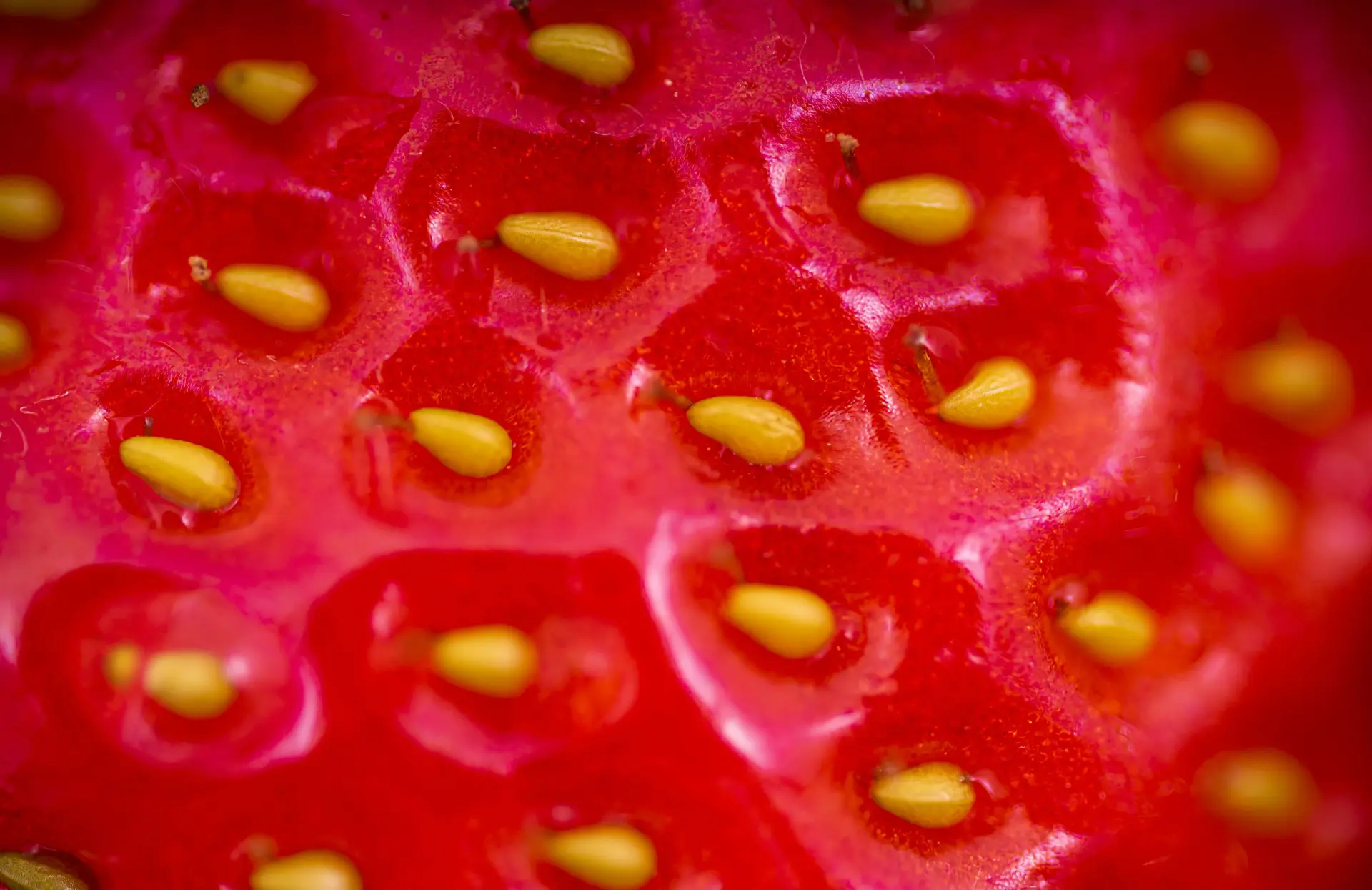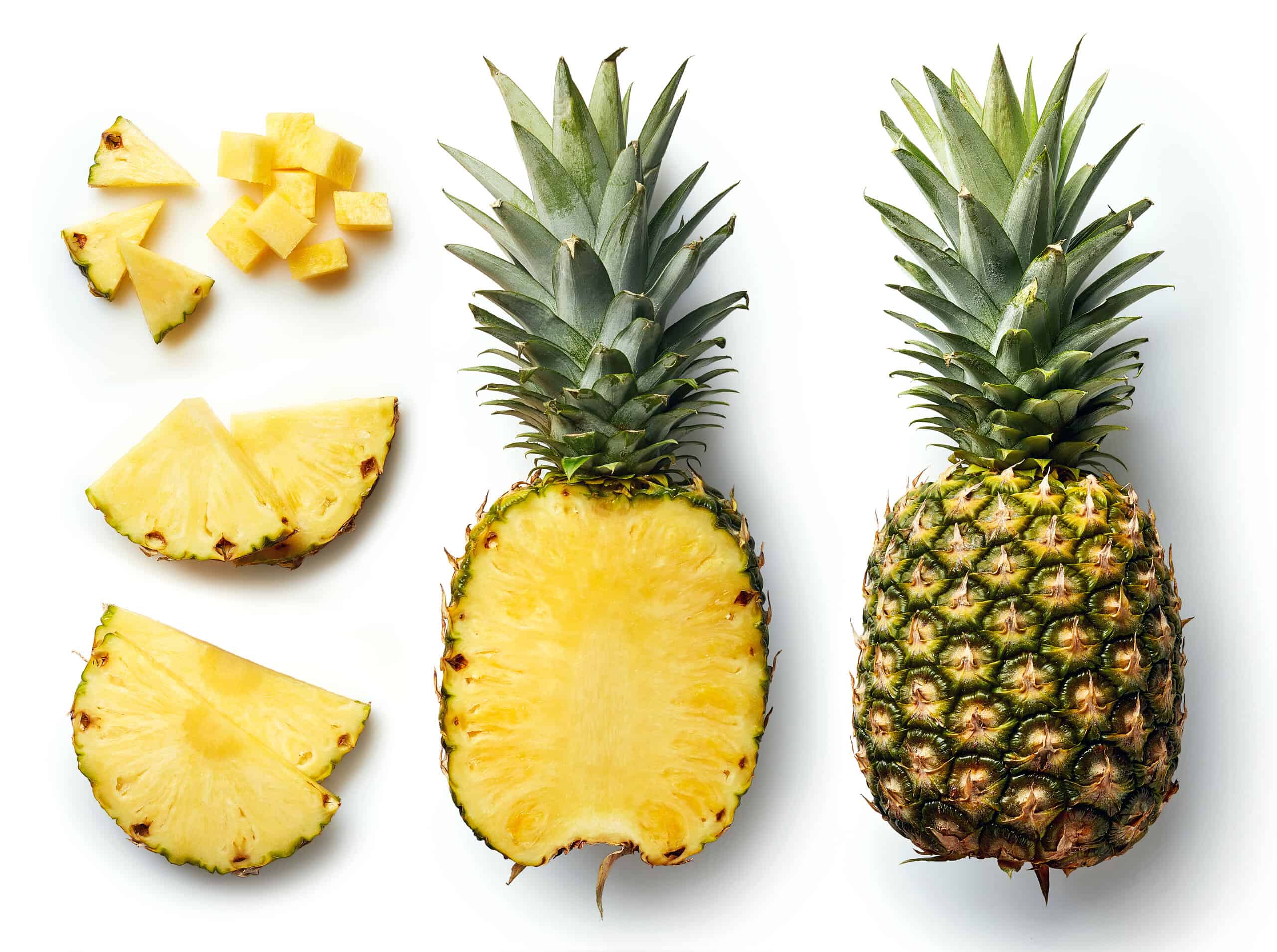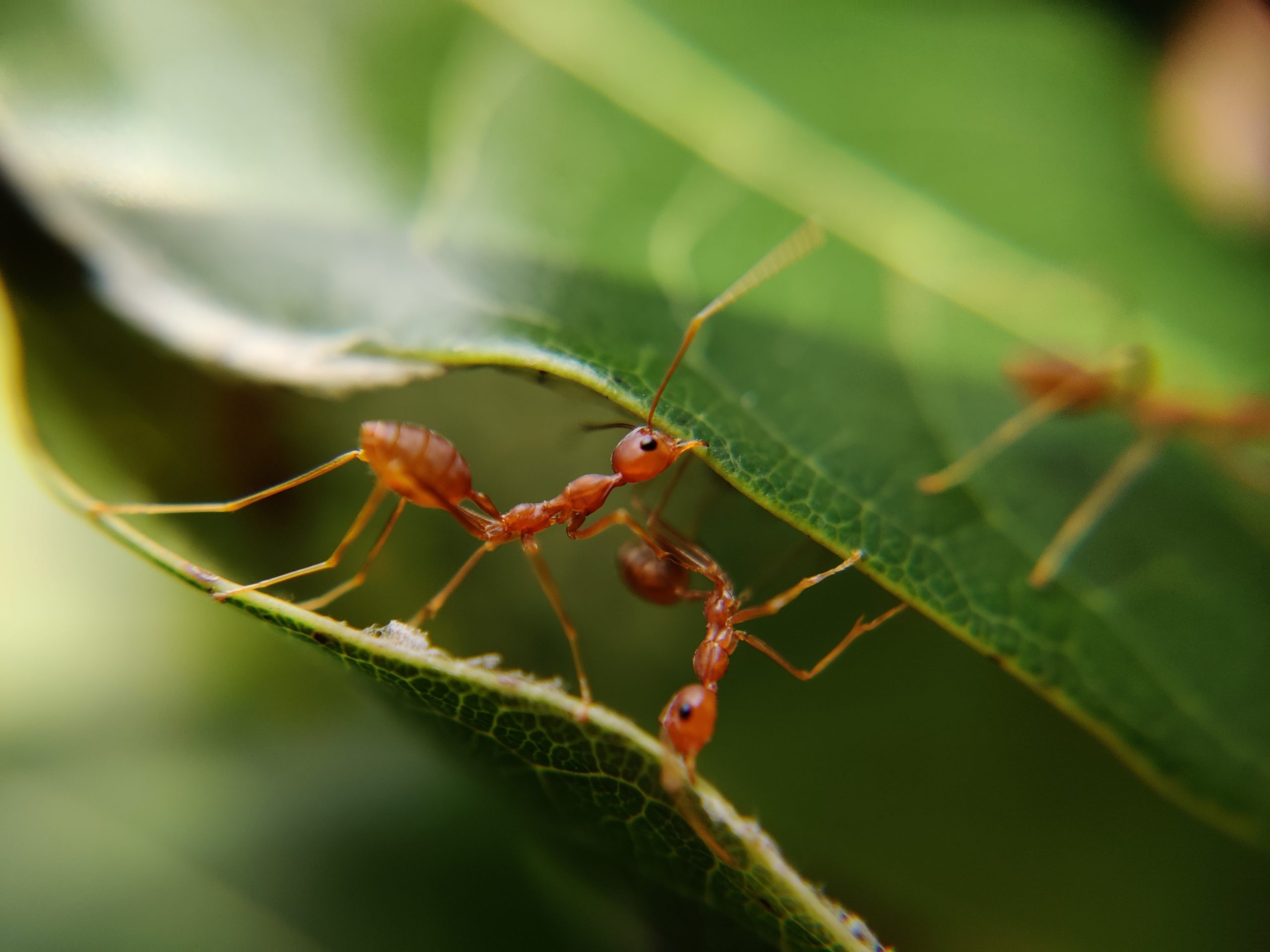Home>Types of Gardening>Edible Gardening>Where Do Popcorn Seeds Come From


Edible Gardening
Where Do Popcorn Seeds Come From
Modified: January 22, 2024
Learn about the origins of popcorn seeds and how to grow them in your own edible gardening endeavors. Discover the secrets to cultivating this popular snack!
(Many of the links in this article redirect to a specific reviewed product. Your purchase of these products through affiliate links helps to generate commission for Chicagolandgardening.com, at no extra cost. Learn more)
Table of Contents
Introduction
Welcome to the wonderful world of edible gardening! Whether you have a spacious backyard or simply a small balcony, growing your own food can be a rewarding and fulfilling experience. Among the various plants you can cultivate, one that stands out for its versatility and popularity is popcorn. Yes, that’s right – the beloved snack that accompanies movie nights and gatherings!
Popcorn has a rich history and fascinating journey from seed to popping delight. In this article, we will explore the origins of popcorn, the different varieties of popcorn seeds, and the process of cultivating and harvesting them. We will also take a closer look at where popcorn seeds are grown and the environmental impact of popcorn farming.
Popcorn has been enjoyed for thousands of years, dating back to ancient civilizations in the Americas. Native Americans were the first to discover this unique variety of corn and its amazing ability to pop when exposed to heat. They used it not only as a food source but also for decorative purposes and in religious ceremonies.
Over time, popcorn gained popularity and spread to other parts of the world. In the late 19th century, popcorn became a staple snack in theaters, thanks to its affordable price and irresistible aroma. Today, it is loved by people of all ages, whether enjoyed plain or with a variety of delicious seasonings.
When it comes to popcorn seeds, there are several varieties available, each with its own unique flavor profile, size, and shape. Some of the most popular varieties include Butterfly, Mushroom, and Rice popcorn. Butterfly popcorn is characterized by its large, fluffy kernels that have “wings” when popped. Mushroom popcorn, on the other hand, has round, compact kernels that are perfect for coating with caramel or chocolate. Rice popcorn, as the name suggests, has small, rice-shaped kernels that are highly versatile.
Now that we’ve set the stage, it’s time to delve into the cultivation and harvesting of popcorn seeds. Stay tuned as we uncover the secrets behind growing your very own popcorn plants and ensuring a bountiful harvest of delicious, crunchy popcorn!
History of Popcorn
The history of popcorn dates back thousands of years to ancient civilizations in the Americas. Native Americans were the first to discover this unique type of corn and its ability to pop when exposed to heat. The oldest popcorn known to exist was discovered in a Bat Cave in New Mexico and is believed to be around 5,600 years old!
Popcorn was an important food source for Native Americans. They used it in various ways, including grinding it into flour, popping it for snacking, and even using it in ceremonial rituals. The Aztecs and Mayans also held popcorn in high regard and used it as a decoration and in religious ceremonies.
When European explorers arrived in the Americas, they were introduced to popcorn by the Native Americans. Popcorn quickly gained popularity and spread throughout Europe. In the 19th century, with the invention of popcorn machines, popcorn became a popular snack in various street markets, fairs, and carnivals.
However, it wasn’t until the late 19th century that popcorn truly found its place in the entertainment industry. With the birth of motion pictures and the opening of the first dedicated movie theaters, popcorn became a common snack for moviegoers. The affordability and delicious aroma of freshly popped popcorn made it a favorite choice.
During the Great Depression in the 1930s, popcorn stood out as an affordable luxury. During this time, many businesses suffered, but popcorn sales were on the rise. People turned to inexpensive sources of entertainment, such as going to the movies, and popcorn became an integral part of the movie theater experience.
Since then, popcorn has remained a beloved snack across the globe. From movie theaters to home movie nights, it continues to be a staple for family gatherings, game nights, and cozy evenings in. With the invention of microwave popcorn in the 1980s, it became even more convenient for people to enjoy popcorn at home.
To this day, popcorn retains its nostalgic charm and holds a special place in our hearts and taste buds. Its rich history and journey from ancient civilizations to modern times make it more than just a snack; it’s a cultural icon that has stood the test of time. So, the next time you reach for a bowl of popcorn, remember the fascinating history behind this crunchy, satisfying treat!
Popcorn Seed Varieties
When it comes to popcorn, there are several varieties of popcorn seeds available, each with its own unique characteristics. The choice of popcorn seed variety can greatly impact the flavor, size, and shape of the resulting popped kernels. Let’s take a closer look at some popular popcorn seed varieties:
- Butterfly Popcorn: Butterfly popcorn is the most common and widely recognized variety. It gets its name from the wing-like shape the popped kernels take on. This variety produces large, fluffy kernels that are perfect for coating with butter or other flavors. Butterfly popcorn is often used for microwavable popcorn bags due to its light and airy texture.
- Mushroom Popcorn: Mushroom popcorn differs from butterfly popcorn in both appearance and texture. The kernels have a round, compact shape, resembling a mushroom cap when popped. This variety has a denser texture, making it ideal for coating with caramel or chocolate. Mushroom popcorn is commonly used in gourmet popcorn flavors and coated popcorn snacks.
- Rice Popcorn: Rice popcorn, as the name suggests, produces small, rice-shaped popped kernels. This variety has a crisp texture and is often favored for its versatility. Rice popcorn can be used for making popcorn balls, caramel corn, or even as a topping for salads and soups.
Aside from these commonly found varieties, there are also heirloom and specialty popcorn seed varieties available. These types offer unique colors, flavors, and textures. For example, Black Pearl popcorn produces kernels that pop into a deep purple color, while Strawberry popcorn has a slightly sweet flavor.
When choosing a popcorn seed variety, consider your personal preferences and the intended use of the popcorn. If you enjoy the classic, fluffy popcorn found in movie theaters, butterfly popcorn seeds are a great choice. If you’re looking to experiment with different flavors and coatings, mushroom popcorn seeds provide a sturdy base. Rice popcorn seeds are perfect if you prefer a small and crispy popped kernel or want to use popcorn in creative recipes.
Remember, the variety of popcorn seed you choose can have a significant impact on the final product, so have fun exploring different options to find your favorite popcorn experience!
Cultivation and Harvesting of Popcorn Seeds
Growing popcorn seeds requires a bit of patience and attention to detail, but the reward of harvesting your very own popcorn kernels makes it all worthwhile. Here are the key steps involved in cultivating and harvesting popcorn seeds:
1. Seed Selection: Start by selecting high-quality popcorn seeds from a reputable source. Look for seeds specifically labeled for popcorn, as these will have the ideal characteristics for popping.
2. Soil Preparation: Prepare the soil in a sunny spot in your garden or choose a large container if you’re growing popcorn in limited space. Make sure the soil is well-draining and rich in organic matter. Add compost or well-rotted manure to improve soil fertility.
3. Planting: Plant the popcorn seeds in rows or mounds, following the spacing recommendations on the seed packet. Plant the seeds at a depth of around 1 inch, and cover them with soil. Water gently but thoroughly after planting.
4. Watering and Fertilizing: Maintain consistent soil moisture by watering the popcorn plants regularly. Deep, infrequent watering is ideal to encourage deep root growth. Apply a balanced fertilizer according to the package instructions to provide necessary nutrients.
5. Weed Control: Keep the area around the popcorn plants free from weeds, as they can compete for nutrients and water. Regularly remove weeds by hand or use organic mulch to suppress weed growth.
6. Disease and Pest Management: Monitor your popcorn plants for any signs of pests or diseases. Common pests include aphids and corn earworms. Organic pest control methods, such as insecticidal soaps or neem oil, can help protect your plants. Rotate crops and practice good garden hygiene to prevent disease outbreaks.
7. Harvesting: Popcorn plants are ready for harvest when the husks and kernels are fully mature and dry. The kernels will be hard to the touch and the husks will have turned brown. Carefully pluck the ears of corn from the stalks and allow them to air dry for a few weeks in a well-ventilated area.
8. Shelling the Kernels: Once the ears of corn are fully dry, husk the ears to reveal the popcorn kernels. You can separate the kernels from the cob by rubbing them gently between your hands or by using a popcorn sheller tool.
9. Storage: Store the harvested popcorn kernels in a cool, dry place in an airtight container. Properly stored popcorn can last for up to a year.
Cultivating and harvesting your own popcorn seeds is a truly gratifying experience. By following these steps and providing the necessary care, you can enjoy the satisfaction of popping your own homegrown popcorn and delighting your taste buds with a truly homemade treat!
Processing and Packaging of Popcorn Seeds
Once popcorn seeds are harvested, they go through a process that prepares them for consumption and facilitates their distribution to consumers. Let’s explore the steps involved in processing and packaging popcorn seeds:
1. Cleaning: The first step in processing popcorn seeds is cleaning. This involves removing any debris, such as leaves, stalks, and husks, from the harvested popcorn kernels. This can be done using specialized machines that separate the unwanted materials from the kernels.
2. Drying: After cleaning, the popcorn seeds need to be properly dried to reduce moisture content. This is important for ensuring the longevity and quality of the popcorn. Drying can be done in large commercial dryers or in controlled environments with optimal temperature and airflow.
3. Sorting and Grading: Once the popcorn seeds are dry, they are sorted and graded based on various criteria such as size, color, and shape. This step ensures that the popcorn seeds meet quality standards and facilitates uniformity in the final product.
4. Packaging: After sorting and grading, the popcorn seeds are packaged into various sizes and formats suitable for consumer needs. This can range from small individual packs to larger bulk packaging for commercial use.
5. Labeling and Branding: During the packaging process, popcorn seed containers are labeled with essential information such as the brand name, nutritional information, popcorn variety, and any special instructions for preparation. This helps consumers make informed choices and enhances the overall branding of the product.
6. Quality Control: Quality control measures are implemented throughout the processing and packaging stages to ensure that the popcorn seeds meet the required standards for taste, texture, and overall quality. This includes regular inspections, sampling, and testing to identify and address any potential issues.
7. Storage and Distribution: Once the popcorn seeds are packaged and labeled, they are stored in proper conditions to maintain their freshness and quality. This may involve temperature-controlled warehouses or refrigeration, depending on the specific requirements of the popcorn seeds. From there, the packaged popcorn seeds are distributed to retailers, supermarkets, and other outlets for consumers to purchase.
The processing and packaging of popcorn seeds play a crucial role in delivering a consistent and enjoyable popcorn experience to consumers. From cleaning and drying to sorting, packaging, and quality control, these steps ensure that the popcorn seeds are ready for popping and ready to satisfy the popcorn cravings of people around the world!
Where Are Popcorn Seeds Grown?
Popcorn seeds are primarily grown in regions with favorable climate and soil conditions for corn cultivation. The cultivation of popcorn is a global endeavor, with various countries contributing to its production. Let’s explore some of the key regions where popcorn seeds are grown:
United States: The United States is the largest producer of popcorn seeds in the world. Many states, such as Indiana, Nebraska, and Iowa, have ideal conditions for growing popcorn. The “Corn Belt” region, encompassing states in the Midwest, is known for its fertile soil and suitable climate, making it a prime location for popcorn production. Additionally, states like Texas and Kansas also contribute significantly to popcorn cultivation.
Mexico: Mexico has a long history of growing popcorn, dating back to the time of the Aztecs. Today, Mexico remains an important producer of popcorn seeds. States such as Michoacán and Tlaxcala have favorable growing conditions and are known for their high-quality popcorn varieties.
Argentina: Argentina is another notable producer of popcorn seeds. The country’s vast agricultural lands and favorable climate contribute to successful popcorn cultivation. The provinces of Buenos Aires and Santa Fe are known for their significant popcorn production.
Brazil: Brazil is an emerging player in the global popcorn market. The country’s tropical climate and fertile soils create favorable conditions for growing popcorn. The states of Paraná, São Paulo, and Minas Gerais are known for their popcorn production.
Other Regions: Popcorn seeds are also grown in various other countries, including Canada, South Africa, India, China, and Australia. These regions have established their presence in the popcorn industry and contribute to the global supply of popcorn seeds.
Growing popcorn requires specific environmental conditions, such as warm temperatures and sufficient rainfall, along with well-drained soil. These factors play a crucial role in determining the success of popcorn cultivation in different regions around the world.
It’s important to note that the specific popcorn varieties grown may vary from one region to another. Local climate, soil composition, and the preferences of the local market influence the selection of popcorn seed varieties to be cultivated.
Overall, popcorn seeds are grown in several countries around the world, with each region contributing its distinct flavors and characteristics to this beloved snack. The global nature of popcorn production ensures a diverse range of popcorn options for consumers to enjoy!
Environmental Impact of Popcorn Farms
Like any agricultural activity, popcorn farming has both positive and negative environmental impacts. Let’s take a closer look at some of the key environmental factors affected by popcorn farms:
Land Requirement and Deforestation: Popcorn farming requires significant land area for cultivation. In some cases, this may lead to deforestation or the conversion of natural habitats to agricultural land. However, sustainable farming practices can minimize the impact on natural ecosystems by preserving existing forests and implementing responsible land management techniques.
Water Usage: Popcorn farming, like other types of crop cultivation, requires water for irrigation. Excessive water usage can put pressure on local water sources, deplete aquifers, and contribute to water scarcity. Implementing efficient irrigation systems and employing water-saving techniques, such as drip irrigation, can help reduce the water footprint of popcorn farms.
Chemical Use: Some popcorn farms rely on pesticides, herbicides, and fertilizers to protect crops from pests and weeds and promote healthy growth. These chemicals can have negative impacts on soil quality, water quality, and biodiversity when used in excess. Embracing organic farming practices and integrated pest management techniques can help reduce chemical inputs and minimize their environmental impact.
Soil Erosion: Intensive agricultural practices, including popcorn farming, can contribute to soil erosion, especially if proper soil conservation measures are not in place. Erosion compromises soil fertility, damages ecosystems, and can lead to sedimentation in water bodies. Implementing erosion control techniques, such as contour plowing, cover cropping, and terracing, can help minimize soil erosion on popcorn farms.
Biodiversity: Popcorn farming, when done sustainably, can contribute positively to biodiversity by providing habitat for various beneficial insects, birds, and other wildlife. Implementing agroforestry practices, conserving natural vegetation, and creating wildlife corridors can help support biodiversity on and around popcorn farms.
Climate Change: The agricultural sector, including popcorn farming, contributes to greenhouse gas emissions, primarily through the use of synthetic fertilizers and the release of nitrous oxide from soil. However, sustainable farming practices, such as carbon sequestration through cover cropping or agroforestry, can mitigate the carbon footprint of popcorn farms and contribute to climate change adaptation and mitigation.
It’s important to note that the environmental impact of popcorn farms can vary depending on the farming practices implemented. Adopting sustainable and regenerative farming techniques, such as organic farming, precision agriculture, and conservation practices, can significantly reduce the negative environmental effects associated with popcorn farming.
By promoting soil health, protecting water resources, and conserving biodiversity, popcorn farmers can contribute to a more sustainable and resilient agricultural system that minimizes the negative environmental impacts and ensures a healthier planet for future generations.
Conclusion
Popcorn farming and the cultivation of popcorn seeds have a rich history and global significance. From ancient civilizations in the Americas to modern-day popcorn lovers around the world, this beloved snack has captured the hearts and taste buds of many.
Understanding the process of growing and harvesting popcorn seeds allows us to appreciate the dedication and care that goes into producing this delightful treat. Whether you’re a backyard gardener or a commercial farmer, cultivating popcorn seeds requires attention to detail, favorable environmental conditions, and sustainable farming practices.
It’s important to recognize the environmental impact of popcorn farms and the agricultural industry as a whole. Land requirement, water usage, chemical use, soil erosion, biodiversity, and climate change are all factors that need to be considered in order to minimize the negative effects on the environment.
However, it’s encouraging to see that many farmers and organizations are embracing sustainable practices to reduce the environmental footprint of popcorn farming. From adopting organic farming techniques to conserving natural habitats and implementing efficient irrigation systems, these efforts contribute to a more sustainable popcorn industry.
As consumers, we also have a role to play in supporting sustainable popcorn farming. By choosing popcorn products from responsible and environmentally-conscious sources, we can encourage farmers to adopt sustainable practices and contribute to a healthier and more sustainable food system.
So, whether you’re enjoying a bowl of freshly popped butterfly popcorn or experimenting with unique popcorn seed varieties, let’s savor this delicious treat while also appreciating the hard work and environmental considerations behind it. Popcorn brings joy and togetherness, and with sustainable practices, we can continue to enjoy this beloved snack while preserving the health of our planet.









